Nicholas Day on cooking for children, and with children, and despite children. Also, occasionally, on top of.
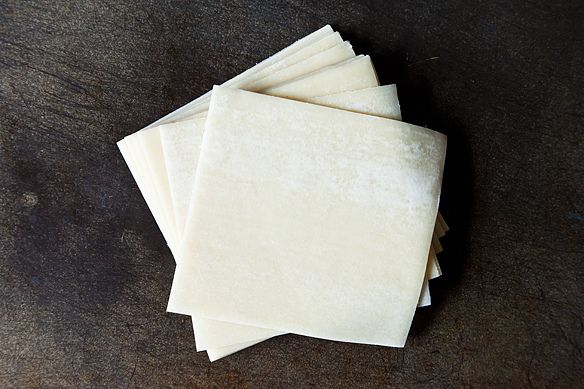
Our household runs on shu mai.
In whatever weather, we make shu mai; we freeze shu mai; we consume shu mai in a grateful frenzy when we discover there is nothing else in the house.
To ask why this is so is to ask the immortal question posed by Yum Yum Dim Sum, “Why, oh why, my little shu mai, why do I love you so?”
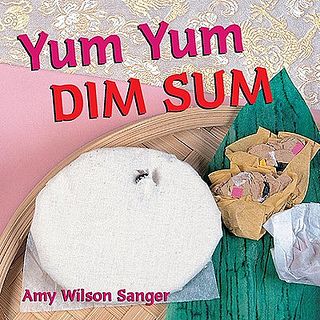
Yum Yum Dim Sum does not get around to answering its own question. (Board books: high on taste, low on content.) But I will speak for it: because shu mai are small but soul-filling, and surprisingly simple, and will buy you precious minutes of peace. And because they are addictive.
You want to know how addictive? For a couple of months, out of sheer toddler stubbornness, Isaiah insisted on eating his shu mai before we could defrost them, when they were like dim sum ice pops. To prevent frostbite, he put socks on his hands.
We have photos. It looks bad.
I had always thought that there are two types of shu mai dumplings in the world, the kind born of penury and the kind born of plenty: the plenty kind have lots of meat and the penury kind have lots of rice.

It turns out, like a lot of other things I had always thought, that this isn’t entirely true. The shu mai with lots of pork and shrimp are from Guangdong—they are the ubiquitous shu mai, the dim sum shu mai. The ones with lots of sticky rice are from Shanghai. I still think that if I went all Fernand Braudel on the socioeconomic undercurrents of dumpling fillings, I could prove at least part of my penury-plenty argument. But then I would be right and have zero readers. There are trade-offs in this life.
These are the sticky rice sort, from Jeremy Alford and Naomi Duguid’s Seductions of Rice, and once you make them, you’ll develop primal feelings for them. Even delicious pork-and-shrimp-larded dim sum shu mai will disappoint.
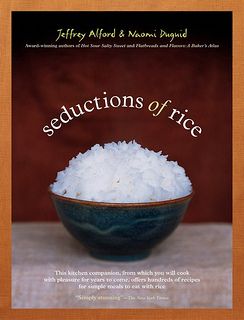
But by now, you are asking why a column about cooking for children has you making dumplings. Making dumplings is for: 1) people who grew up making dumplings, do it in their sleep and wake up each morning to fresh xiao long bao; and 2) people without young children.
Point taken. But you are not going to make the wrappers. (Seriously. Just stop.) And there is nothing elegant about shu mai. They are the slack-ass, Bill-and-Ted dumplings of the dumpling world. They require no twisting or tying or double dutch moves. If yours are all creased and folded, they will be perfect, because they are all creased and folded. Assembling a shu mai is like curling your hand over your car keys. If you have driven a car, you have already practiced making shu mai.
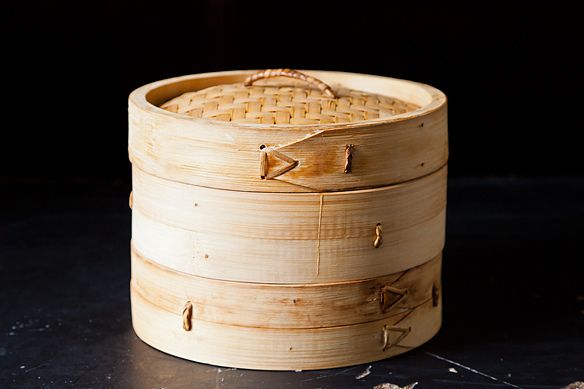
Even young children can do it, but unless yours have better fine motor skills and more impulse control, your dumplings will suck more and there will be fewer.
Also, add spinach, because that’s what Jessica Seinfeld would do.
No! As Rilke said, if you find yourself cooking like Jessica Seinfeld, you must change your life. I add the spinach because I like its minerality up against the oily rice.
Also, you’ve got to trick the child into eating the rice somehow.
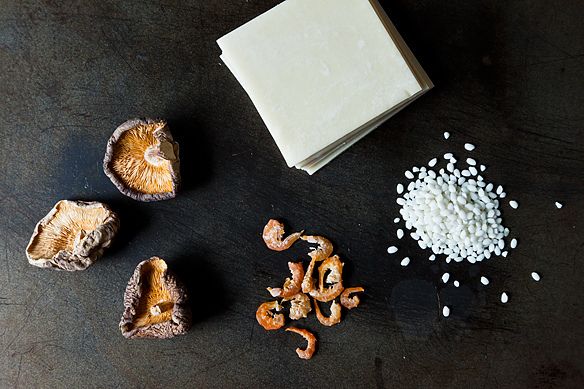
Shu mai, sticky rice-style
Lightly adapted from Jeffrey Alford and Naomi Duguid's Seductions of Rice
Makes 35-40 dumplings
The dumplings:
1 1/2 cup sticky rice (sweet rice), short-grain (the Chinese kind, not the Thai kind)
1/2 pound ground pork
6 dried black mushrooms, soaked in hot water for 30 minutes, then drained and chopped
1 tablespoon dried shrimp, minced
2 tablespoons soy sauce
2 tablespoons Shaoxing wine
1/2 teaspoon sugar
1 teaspoon salt
1/2 cup scallions, minced
1/2 pound spinach, washed well and chopped well
35-40 wonton wrappers, square (roughly two inches by two inches)
The dipping sauce:
3 tablespoons soy sauce
2 tablespoons rice vinegar
1/2 teaspoon sesame oil
See the full recipe (and save and print it) here.
Photos by James Ransom








See what other Food52 readers are saying.